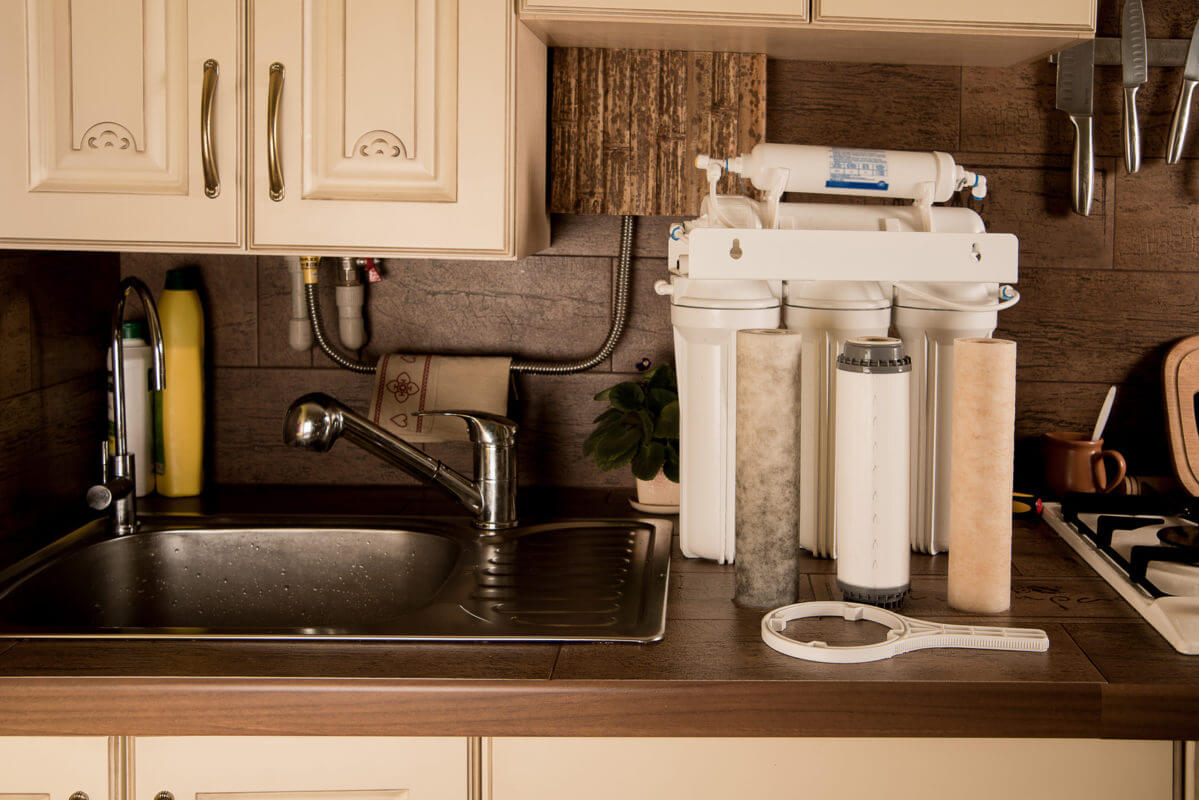The process of replacing filters in a reverse osmosis (RO) system typically involves the following steps:
-
Turn off the water supply: Before you begin, make sure to turn off the water supply to the RO system.
-
Locate the filter housing: The filters are typically housed in a clear plastic canister, which is located near the RO unit.
-
Release the pressure: To release the pressure in the system, you may need to open a valve or turn off the water supply to the system. This will make it easier to remove the filters.
-
Remove the old filters: To remove the old filters, simply twist the canister cap counterclockwise to loosen it, and then lift the cap off. The filters will be inside the canister, and you can remove them by gently pulling on the end of each filter.
-
Replace the filters: Replace the old filters with new ones, making sure that they are properly aligned and seated in the canister.
-
Reassemble the housing: Once you have replaced the filters, reassemble the housing by screwing the cap back on and tightening it by turning it clockwise.
- Locate the reverse osmosis (RO) storage tank air valve: The air valve is usually located on bottom of the RO storage tank and is used to add air to the tank.
-
Attach an air pump: Attach an air pump, such as a bicycle pump or an air compressor, to the air valve on the tank.
-
Add air to the tank: Use the air pump to add air to the tank until the pressure gauge on the tank reads about 7 psi.
-
Turn the water supply back on: After reassembling the housing, turn the water supply back on and check for any leaks.
-
Flush the system: Finally, flush the system by running water through it for several minutes to remove any air and debris that may have accumulated during the filter change.
It’s important to follow the manufacturer’s instructions for your specific RO system, as the process can vary slightly depending on the model.


Filter Systems
Home Master Whole House Three Stage, Fine Sediment, Iron and Carbon Water Filtration System
Home & Office Water Coolers
Vertex PWC-850 – Countertop Ice-Making Dispenser
Residential Reverse Osmosis
Goldline Reverse Osmosis System
Filtration Systems By Contaminants
3 Stage Water softener with Fleck 5810 XTR2 Upflow/Downflow Control Valve
Home & Office Water Coolers
Vertex PWC-9500 Most Advanced Bottleless Hot and Cold Water Cooler